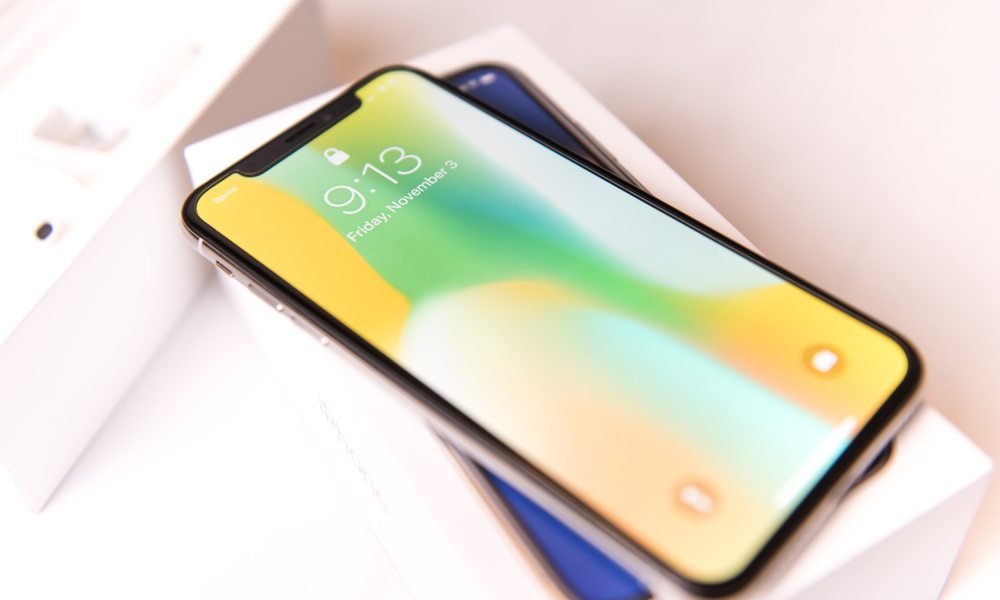Why ‘Trouble Is Looming’ for Apple’s Most Expensive iPhone Models

Anna Hoychuk / Shutterstock
Toggle Dark Mode
Apple’s announcement of its thousand-dollar iPhone X was met with mixed feelings. While most pundits and analysts lauded the company for its innovative new hardware and introduction of impressive, next-generation technologies, unfortunately the sheer fact that it would all cost $999 (or more) had some analysts and cost-conscious consumers cringing at the very thought.
Even more unfortunate though, is that in the five-months that iPhone X has been available, the latter of those concerns have all but been confirmed. The iPhone X has not been selling as well as some predicted, leading not only to massive production cuts of the flagship, but also a reduction in crucial components employed in its fabrication.
By this fall, Apple even plans to discontinue iPhone X, according to KGI Securities analyst, Ming-Chi Kuo — though it’s not entirely clear if less-than-stellar demand for it is responsible for that historically significant decision.
One thing is clear, however: the majority of consumers (with the exception of some deep-pocketed Apple fanatics) are not on board with the idea of plunking down $1,000+ on a smartphone yet — sentiments which were confirmed this week by Wall Street analysts, according to a CNBC News report.
“Our demand checks suggest little improvement in iPhone demand in 2018. Corresponding supply chain downticks suggest iPhone expectations have yet to bottom,” said Nomura Instinet analyst, Jeffrey Kvaal, in a note to his clients this week, adding that there are “further signs of trouble at the high end of the market.”
“One factor that is likely suppressing the smartphone market is price. We see several indications the market elasticity is falling,” Kvaal added.
Instinet reportedly “reaffirmed” its previous ‘Neutral’ rating for Apple’s stock (NASDAQ; AAPL), predicting that 2018 will be a year of underwhelming iPhone sales as all iPhone models this year are expected to load up next-generation technologies, and will likely raise the device’s average selling price (ASP), accordingly.
AAPL shares dropped 1.5 percent during Monday trading on this week’s report, but bounced back slightly on Tuesday.
Leading Indications
Kvaal pointed to multiple recent developments which point to a potentially bleak year for iPhone sales. For example, the analyst cites AT&T’s otherwise fabulous iPhone X BOGO promotion from earlier this year, which he asserts was a fail for the Blue carrier since it was pulled within just two weeks of being announced.
Instinet’s Korean-based analyst noted that Samsung has received 30 percent fewer pre-orders for its Galaxy S9 flagships this year — ostensibly due to the same, modestly increasing ASP costs in relation to their predecessors.
As for Apple’s iPhone X, though, Kvaal wrote that “We do not believe it is coincidence that the highest end of the product portfolio, the [iPhone] X, is the model that is flagging. The China domestic vendors may be focusing on the mid-tier of the market.”
“These data-points align with the theory that smartphone ASPs may be bumping up against their upper limit,” Kvaal concluded.
As a result, Instinet adjusted its fiscal 2018 iPhone sales outlook, lowering the total units sold to 221 million from its previous estimates of 226. Currently, the consensus on Wall Street is that Apple will sell around 224 million iPhones by the end of 2018, marking expectations of $175 per share.
Will you be upgrading to a more expensive iPhone in 2018? Let us know in the comments!






